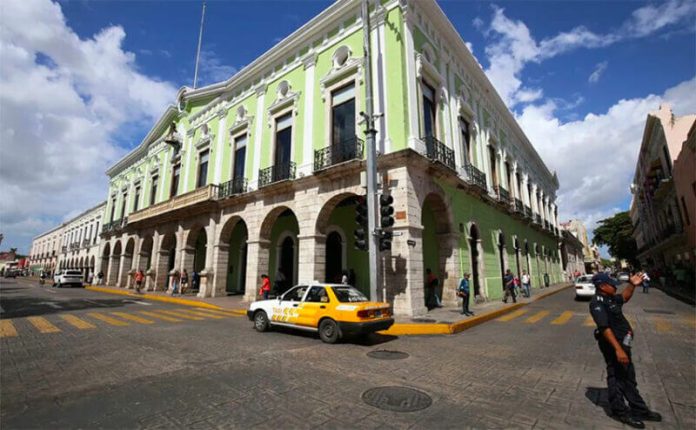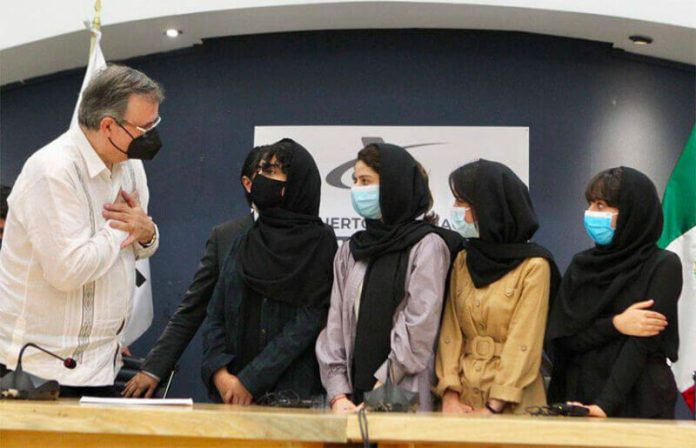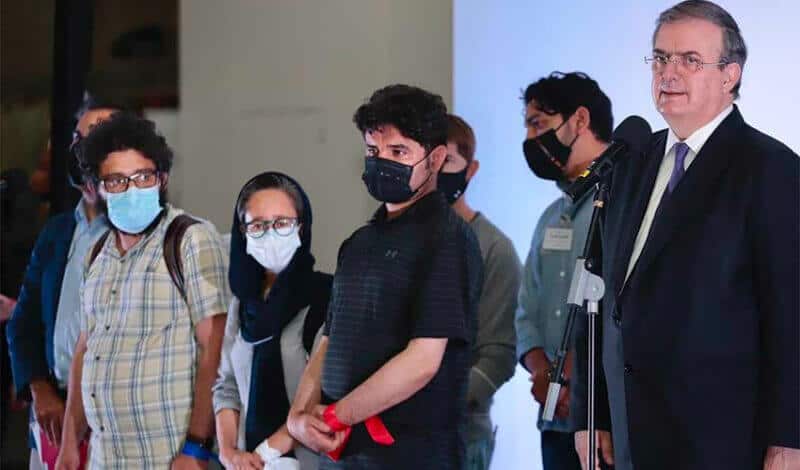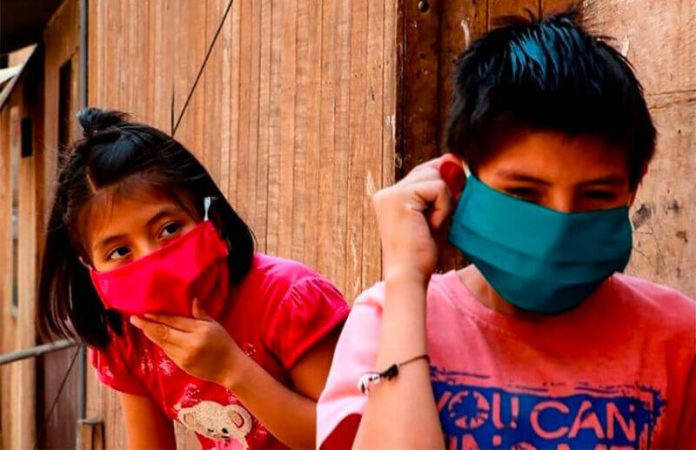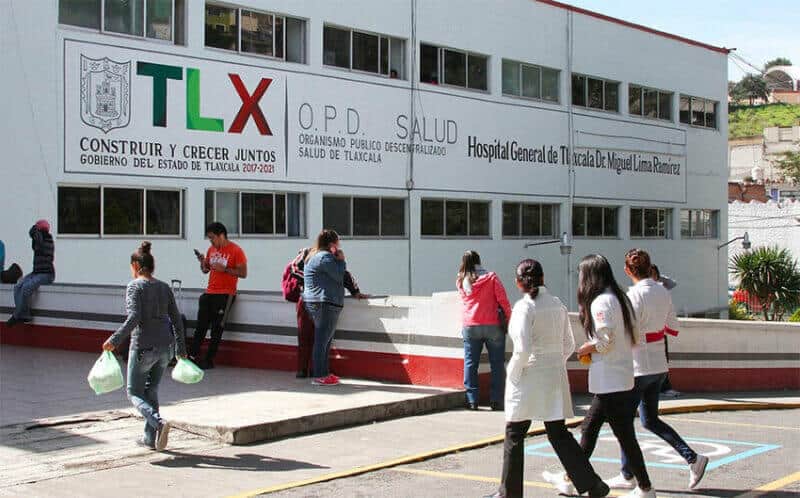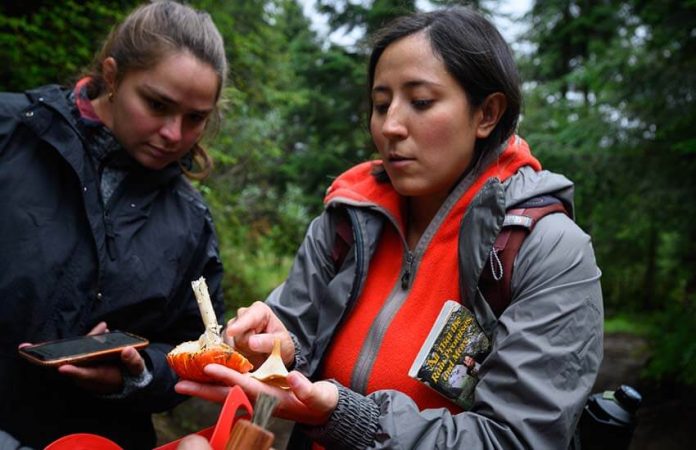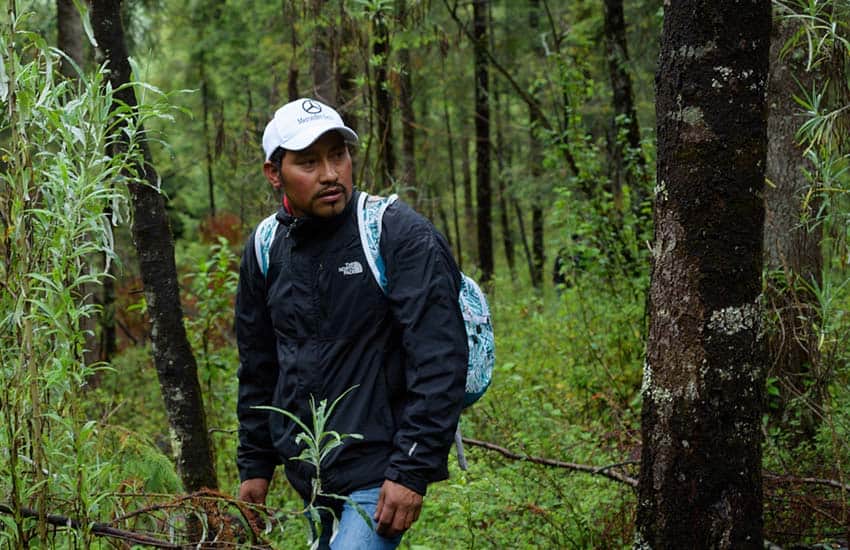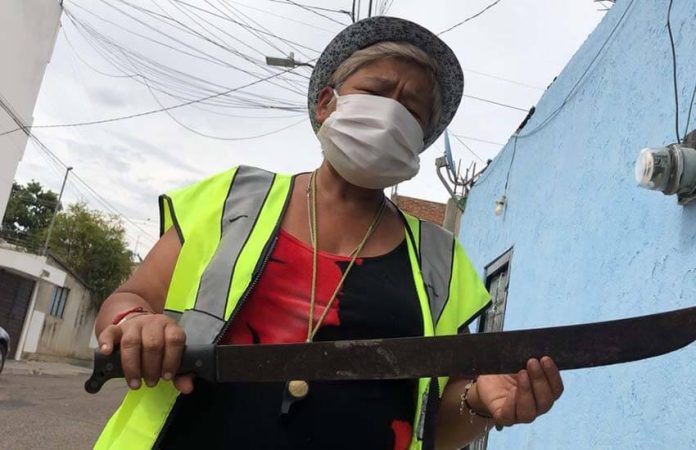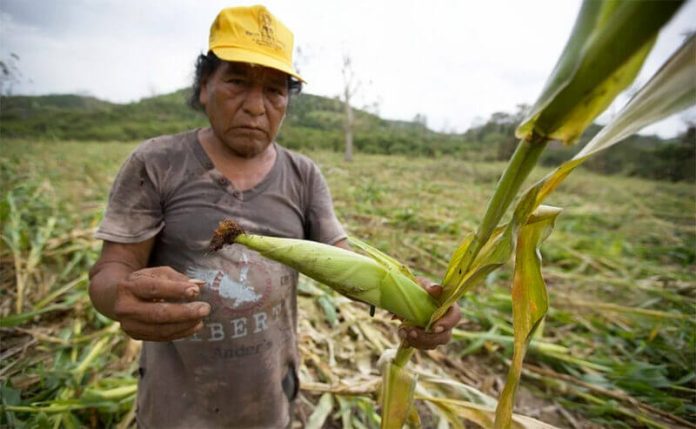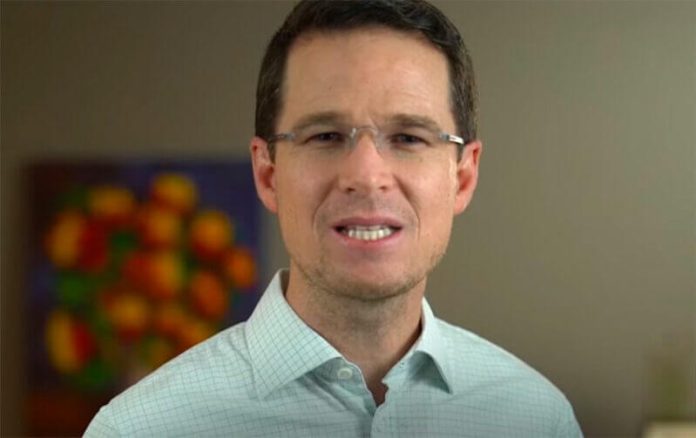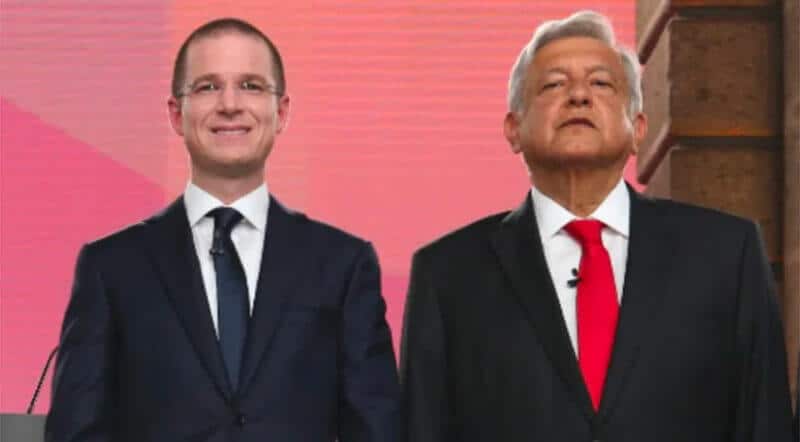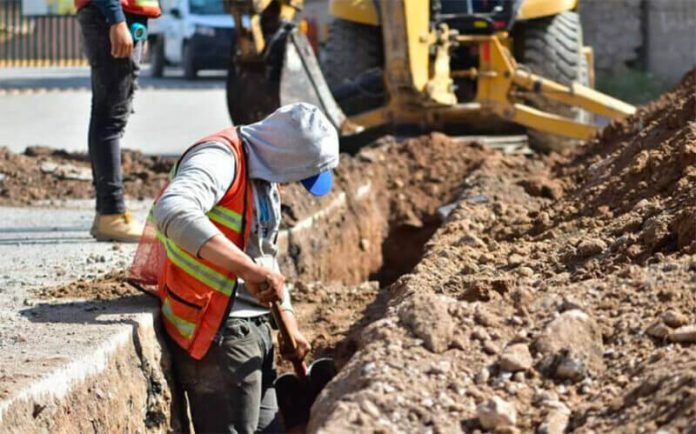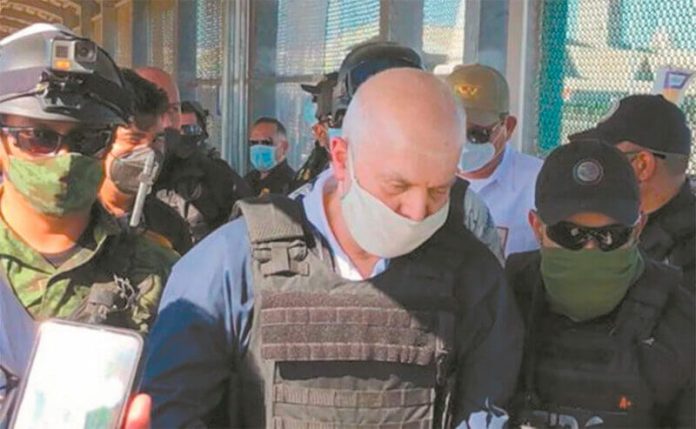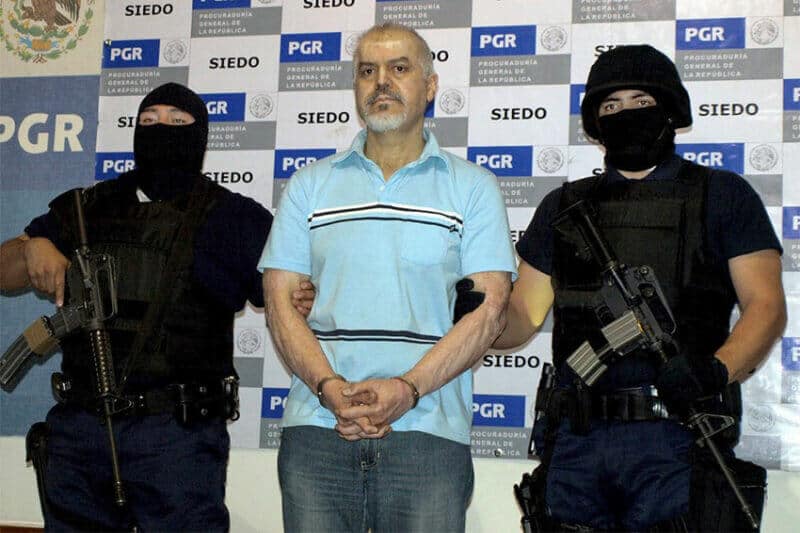September is coming and with it comes Hay Festival Querétaro, a celebration of ideas and culture that brings together scientists, authors, economists, journalists and others to discuss the state of society and the challenges it faces.
The festival will present a mix of free digital and in-person events this year and here are a few notable options, such as the discussions that will be offered in English with simultaneous translation into Spanish. All times are CDT.
Wednesday, Sept. 1
- Joseph Stiglitz in conversation with Javier Moreno, 9-10 a.m. A conversation with Nobel Prize-winning economist Joseph Stiglitz, the author of a number of books on capitalism and globalization. His most recent book explores the European economic crisis, including problems brought into focus by the pandemic such as cuts to social programs and the growth of far-right political movements.
- Is subversive music dead? Ted Gioia with Mariana H, 1:30-2:30 p.m. A conversation with American jazz musician, composer and writer Ted Gioia about the relationship between music, the human experience, socio-political movements and pop culture.
- Solovino in concert, 7:30-8:30 p.m. The first night of the Hay Festival closes with the performance of the Querétaro group Solovino, who bring vibrant, danceable afrofunk and Latin rhythm to both the stage and screen. An in-person and online event.
Thursday, Sept. 2
- David Grossman in conversation with Guadalupe Nettel, 10:30 – 11:30 a.m. The Israeli writer speaks with Middle Eastern peace activist David Grossman. His most recent book, Life Plays with Me (2021), tells the story of Balkan women confronting Soviet oppression.
- Fighting Women: Ken Loach and Isabella Lorusso with Diego Rabasa, 2-3 p.m. A conversation with Isabella Lorusso, author of Fighting Women: Interviews with Veterans of the Spanish Civil War and Ken Loach, the award-winning British director whose many films and documentaries often focus on social issues.
- Avi Loeb with Mario Arriagada Cuadriello, 4-5 p.m. Avi Loeb is an Israeli-American astronomer and astrophysicist who has studied black holes, the birth of stars and the possibility of extraterrestrial life.
- Esther Duflo with Alexandra Haas, 4:30-5:30 p.m. A conversation with French economist and Nobel Prize winner Esther Duflo. Her book Good Economics for Hard Times (2020) looks at how economic theory can help address problems ranging from immigration to inequality to climate change.
Friday, Sept. 3
- Democracy in Danger: Anne Applebaum in conversation with Ana Laura Magaloni, 5:30-6:30 p.m. Pulitzer Prize-winner Anne Applebaum will discuss some of her recent work, including her book Twilight of Democracy (2021), which looks at how authoritarianism uses social networks, political polarization and conspiracy theories to push back against democratic values.
- Saxodia in concert, 9 p.m. The Querétaro-based saxophone quartet performs a fusion of jazz and popular Mexican music. An in-person and online event.
Saturday, Sept. 4
- Elizabeth Kolbert with Carla Santana Torres, 7-9 p.m. A conversation with Nobel Prize-winning journalist Elizabeth Kolbert, whose bestselling book The Sixth Extinction: An Unnatural History (2014) looks at the damage humanity is inflicting on the planet, upsetting the balance of nature and threatening species, ecosystems and even humans’ existence. Her most recent book, Under a White Sky (2021) looks at various experts’ conservation and restoration work.
- La Delicia de Alicia in concert, 9-10 p.m. To close the day, the festival will host a performance by La Delicia de Alicia, described as a vibrant, modern mix of Latin jazz, funk, rock, hip hop and afrobeat.
Sunday, Sept. 5
- Philipp Blomwith Juan Carlos Pérez, 10:30-11:30 a.m. A conversation with German historian, writer and journalist Philipp Blom, whose recent work explores how past climate changes affected society and the natural and socio-political challenges the world faces today.
- Armando Servín Quintet and the La Rumorosa Blues Band, 9-10 p.m. The final night of the festival opens with a jazz performance by the Armando Servín Quintet followed by La Rumorosa Blues Band performing in their characteristic “Rocknblues” music style. An online and in-person event.
Online reservations, in-person tickets and information about many more events can be found on the Hay Festival website.
Mexico News Daily

